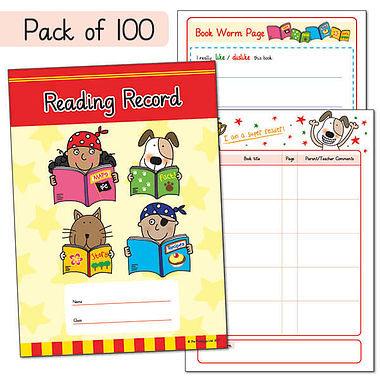Compassion
Service
Respect
Courage
Friendship
Responsibility
Home Reading
Reading for Pleasure


Reading for pleasure at home
Children can take home a book to share at home with their family from our school 'lending library'. We have a huge selection of quality books, including fiction, poetry and non fiction, for the children to choose from.
You can also borrow books for free from a library https://www.norfolk.gov.uk/article/40235/Swaffham-Library
Children can borrow upto 10 books/10ebooks/10 audiobooks for 3 weeks from the library.

We strongly recommend sharing daily bedtime stories with your child.
Depending on the age of your child, they may want to read the book themselves. However, it is always important for you to read to your child through primary school. This way you can enjoy the book together, and you can model how to read the sentences, and discuss any unfamiliar vocabulary.
Reading at Home with your child/ren
Take a look at the bottom of our 'phonics and early reading' page for links to helpful videos on reading with your child at home https://www.heartwood.norfolk.sch.uk/phonics-and-early-reading/
Lively phonic books (Ditty books) are closely matched to their increasing knowledge of phonics and ‘tricky’ words and, as children re-read the stories, their fluency increases. Along with a thought-provoking introduction, prompts for thinking out loud and discussion, children are helped to read with a storyteller’s voice.
Children will be introduced to decodable ‘Ditty books’ when they successfully begin to read single words. The short vowels should be kept short and sharp: Children use sound-blending (Fred Talk) to read short ditties. They will bring these home on a Thursday once they have read and discussed the book in class that week.
Along side these black & white ‘Ditty books’ children will also bring home a 'Book Bag Book'. These are closely linked to their phonic knowledge.
Within all the books children will have red and green words to learn to help them to become speedy readers. Red words are words that are not easily decodable and challenge words to extend children’s vocabulary. Green words are linked to the sounds they have been learning and are easily decodable.


Reading Records and Homework Diaries

Please write the date, the title of the book and a positive comment about how they read parts of the book to you in the reading record.
Once your child has completed the RWI phonics programme it is still important to hear them read. Are they reading fluently? Do they use expression? Do they understand what they are reading?
When your child is reading phonics reading books the comment could be about how they read the words/ sentences, or about how they understood questions you asked about what they had read (comprehension).
Did they...
Hold the book the right way and turn the pages effectively?
Finger-track the words as they read them?
Concentrate as they read independently?
Self -correct?
Persevere to read the whole book to the end?
Say each of the separate sounds in the words?
Blend the letter sounds back together to be able to read the word?
Recognise tricky words on sight?
Read some words ‘at a glance’?
How to share a school phonics reading book with your child
We strongly encourage parents and guardians to read their child's book with them 5 x a week for at least 10 minutes. Your child will have read their book in school, normally at least 3 times (depending on where they are in their reading journey) and so should be able to read the book with some fluency. It is important that your child re-reads the book throughout the week so that their fluency increases along with their expression, understanding and enjoyment of the book.
Comprehension (understanding what they have read) is just as important as reading the words and sentences.
Read the book a page at a time.
-discuss the title of the book before reading. What might the book be about? What does the title tell us?
- word reading- sound out unfamiliar words or practise saying words that cannot be sounded out in the sentence/ paragraph. Use Fred Fingers to sound out the words. Encourage children to looks for 'special friends' (digraphs - two letters that make one sound)
- Re-read the sentence that was sounded out until the child can say it independently.
- Talk about what they have just read. It's ok to use the pictures to support their understanding. You could ask: What happened? Who are the characters? Where are they? What facts did you find out? What do you predict will happen next? How do you think they are feeling? Why did the author decide to write that part?
Then continue throughout the book.
At the back of each school reading phonics book there are comprehension questions at the back to complete with your child.
You could also ask your child:
Who were the characters? What were they like? What happened to them? Where are they? Why do you think the author wrote that part? Who is the most exciting character? Is there any parts you could change, why? Ask your child to retell the story back to you. Which is their favourite part? Do they like the story? Why?
Parent Information Booklets
Reading Leader: Mrs Bex Starman
Reading Link Governor: Andrew Walker